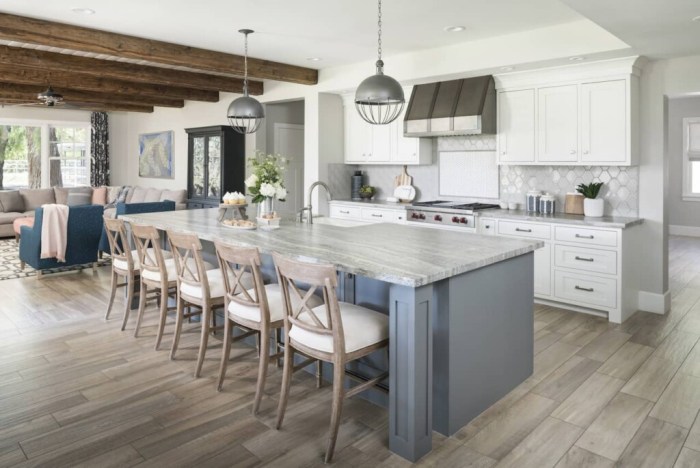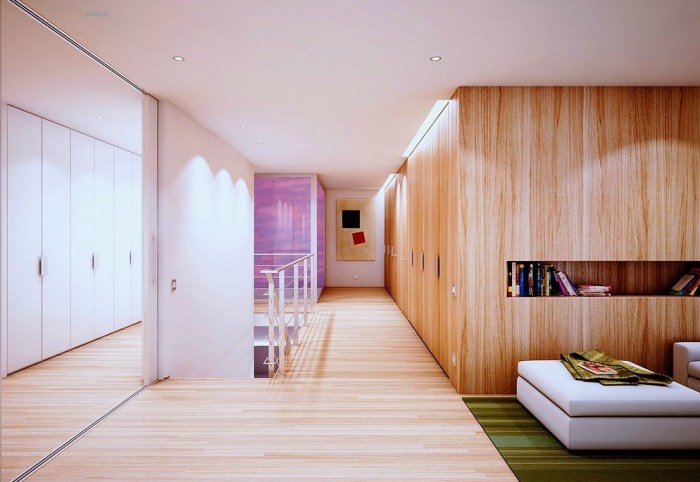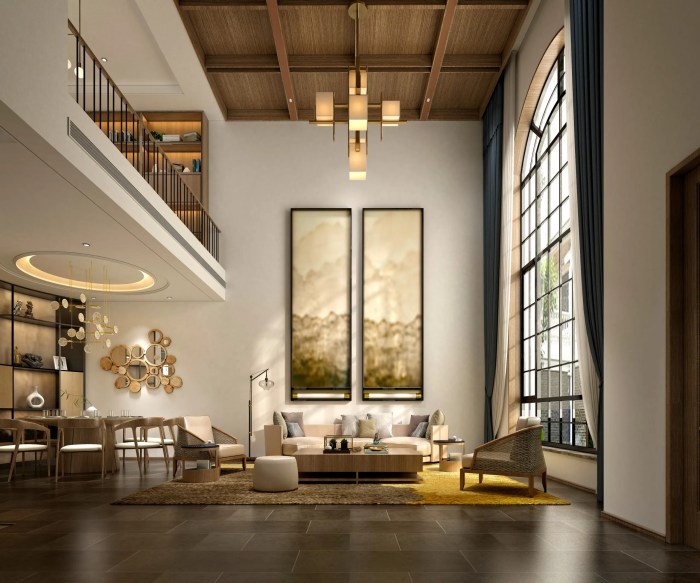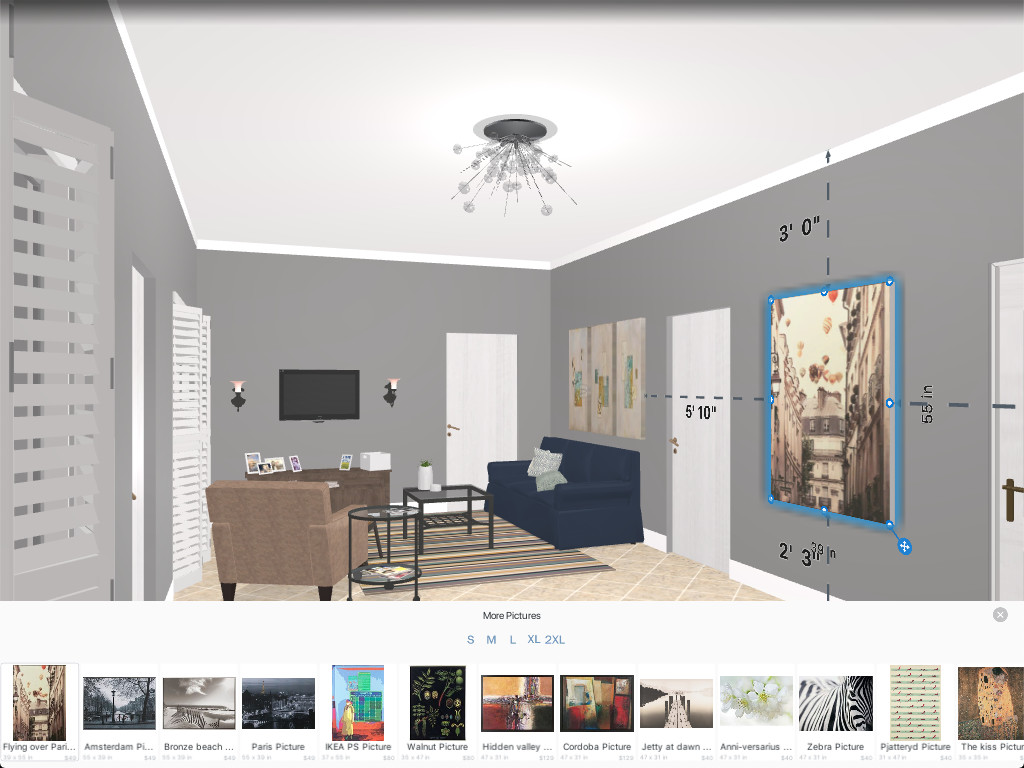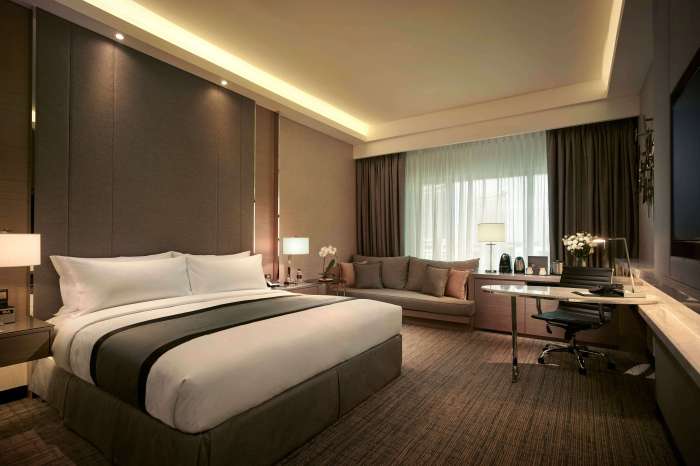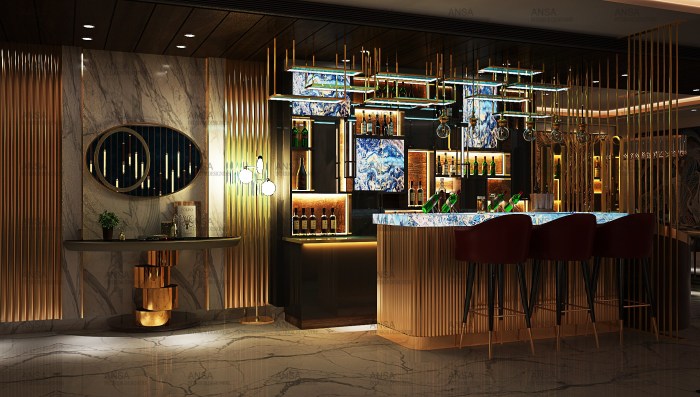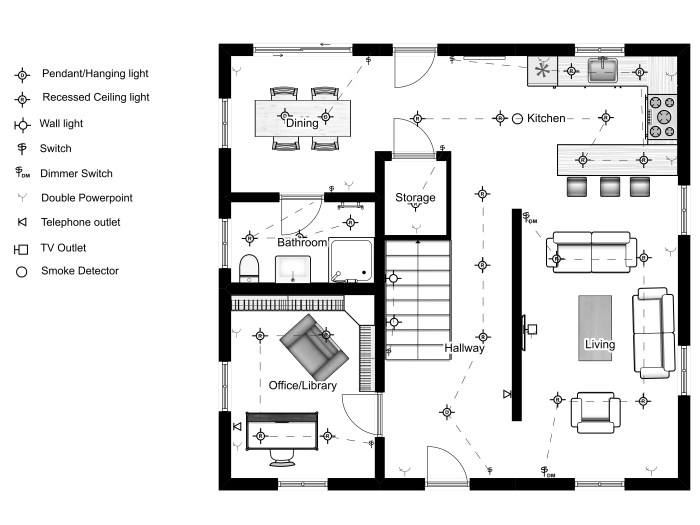Dive into the realm of room planner 3D where design meets technology. Discover the power of creating stunning interiors with just a few clicks.
Unleash your creativity and transform ordinary spaces into extraordinary ones with the help of innovative tools and features.
Overview of Room Planner 3D

A room planner 3D software is a tool that allows users to create virtual representations of rooms in 3D, enabling them to visualize and plan the layout and design of their spaces.
Key features of a room planner 3D tool include:
Key Features:
- Ability to create accurate 3D models of rooms
- Drag-and-drop functionality for easy furniture placement
- Customization options for walls, floors, and other elements
- Virtual reality integration for immersive design experience
- Measurement tools for precise planning
Using a room planner 3D for interior design offers several benefits:
Benefits of Using Room Planner 3D:
- Visualize designs before making physical changes
- Experiment with different layouts and furniture arrangements
- Save time and money by avoiding costly mistakes
- Collaborate with clients or team members remotely
- Plan renovations or redecorating projects more efficiently
Getting Started with Room Planner 3D
To begin using Room Planner 3D, follow these steps:
- Download and install the Room Planner 3D app on your device.
- Open the app and create a new project.
- Choose the room shape and dimensions you want to work with.
- Start designing your room by adding furniture, decor, and other elements.
Room Layout Options
There are various room layout options available in Room Planner 3D, including:
- Rectangular rooms
- L-shaped rooms
- U-shaped rooms
- Open concept spaces
Importing Room Dimensions and Creating a Floor Plan
To import room dimensions and create a floor plan in Room Planner 3D, follow these steps:
- Measure the dimensions of your room using a tape measure.
- Enter the accurate room measurements into the app.
- Use the app's tools to create walls, doors, windows, and other structural elements.
- Customize your floor plan by adding furniture and accessories to complete the design.
Designing and Customizing Spaces
Planning out your space in 3D using a room planner tool allows you to visualize your ideas and bring them to life. Customizing elements like furniture, colors, and textures helps you create a personalized and unique room design that suits your style and needs.
Designing Rooms in 3D
Designing rooms in 3D with a room planner tool involves selecting the dimensions of the space, adding walls, doors, and windows, and then furnishing the room with virtual furniture. You can experiment with different layouts, rearrange items, and play with various design options to see what works best.
- Start by choosing the shape and size of the room you want to design.
- Add walls, doors, and windows to create the basic structure of the room.
- Select furniture items from the tool's library and place them in the room to see how they fit.
- Adjust the placement of furniture and other elements until you are satisfied with the overall design.
Customizing Elements
Customizing elements like furniture, colors, and textures allows you to add your personal touch to the room design and create a space that reflects your style and preferences.
- Choose furniture pieces that complement each other in terms of style and size.
- Experiment with different color schemes to find the one that suits the mood you want to create.
- Add textures to walls, floors, and fabrics to enhance the visual appeal of the room.
- Consider lighting options to set the ambiance and highlight key elements of the design.
Tips for Creating Functional and Aesthetically Pleasing Layouts
Creating a functional and aesthetically pleasing room layout involves considering both the practical and visual aspects of the design.
- Ensure there is enough space for movement and functionality within the room.
- Balance the layout by distributing furniture and other elements evenly throughout the space.
- Pay attention to scale and proportion to avoid overcrowding or sparse areas.
- Incorporate elements that reflect your personality and create a cohesive design theme.
Collaborative Features and Sharing Options
When it comes to room planner 3D tools, collaboration and sharing options can enhance the design process and make it easier to get feedback from others. Let's explore how these features work and how users can share their designs with others.
Collaborative Features
Some room planner 3D tools offer collaborative features that allow multiple users to work on the same design simultaneously. This can be useful for teams working on a project together or for getting input from friends or family members. With real-time collaboration, everyone can see changes as they happen and contribute to the design process.
Sharing Options
Users can easily share their designs with others by using sharing options provided by room planner 3D tools. This can include generating a shareable link that can be sent via email or messaging apps. Additionally, users can export their designs in various formats such as images, PDFs, or even 3D models to share with others who may not have access to the same tool.
Saving Designs
To save designs for future reference or sharing, users can typically export them to their device or cloud storage. Saving designs allows users to revisit them later, make modifications, or share them with others. This ensures that the hard work put into designing a space is not lost and can be easily accessed whenever needed.
Advanced Features and Tools
Room Planner 3D offers a range of advanced features and tools that take your design experience to the next level. From realistic lighting effects to precise measurements, these tools enhance the overall design process.
Lighting Effects and Shadows
One of the standout features of Room Planner 3D is its ability to simulate realistic lighting effects and shadows. Users can experiment with different lighting setups to see how they impact the overall look and feel of a space. Shadows add depth and realism to the design, making it easier to visualize the final result.
Virtual Reality Integration
For an immersive experience, Room Planner 3D offers virtual reality integration, allowing users to step into their designs and explore them from every angle. This feature provides a unique perspective and helps users make informed decisions about their design choices.
Measurements and Precision Tools
Accuracy is key in design, which is why Room Planner 3D includes measurement tools for precise scaling and placement of objects. Users can input exact dimensions and ensure that every element fits perfectly within the space. This level of precision helps create a more professional and polished design.
Additional Tools for Enhanced Design
- Texture customization: Users can choose from a wide variety of textures and materials to customize surfaces and create a realistic look.
- Furniture customization: Room Planner 3D offers a library of furniture items that can be customized in terms of color, size, and style to suit individual preferences.
- Advanced editing options: From undo/redo functions to grouping objects, the software provides advanced editing tools for easy manipulation of designs.
Conclusive Thoughts
In conclusion, room planner 3D opens up a world of possibilities for interior design enthusiasts. From customizing spaces to sharing your creations, the journey of design is now more exciting and accessible than ever.
Top FAQs
Can I use room planner 3D on multiple devices?
Most room planner 3D software offers multi-device compatibility, allowing you to work seamlessly across different platforms.
Is it possible to collaborate with others using room planner 3D?
Yes, some room planner 3D tools come with collaborative features that enable users to share and work on designs together in real-time.
Are there limitations to the room dimensions that can be imported?
While specific limits may vary, many room planner 3D tools allow for the import of a wide range of room dimensions to create accurate floor plans.

